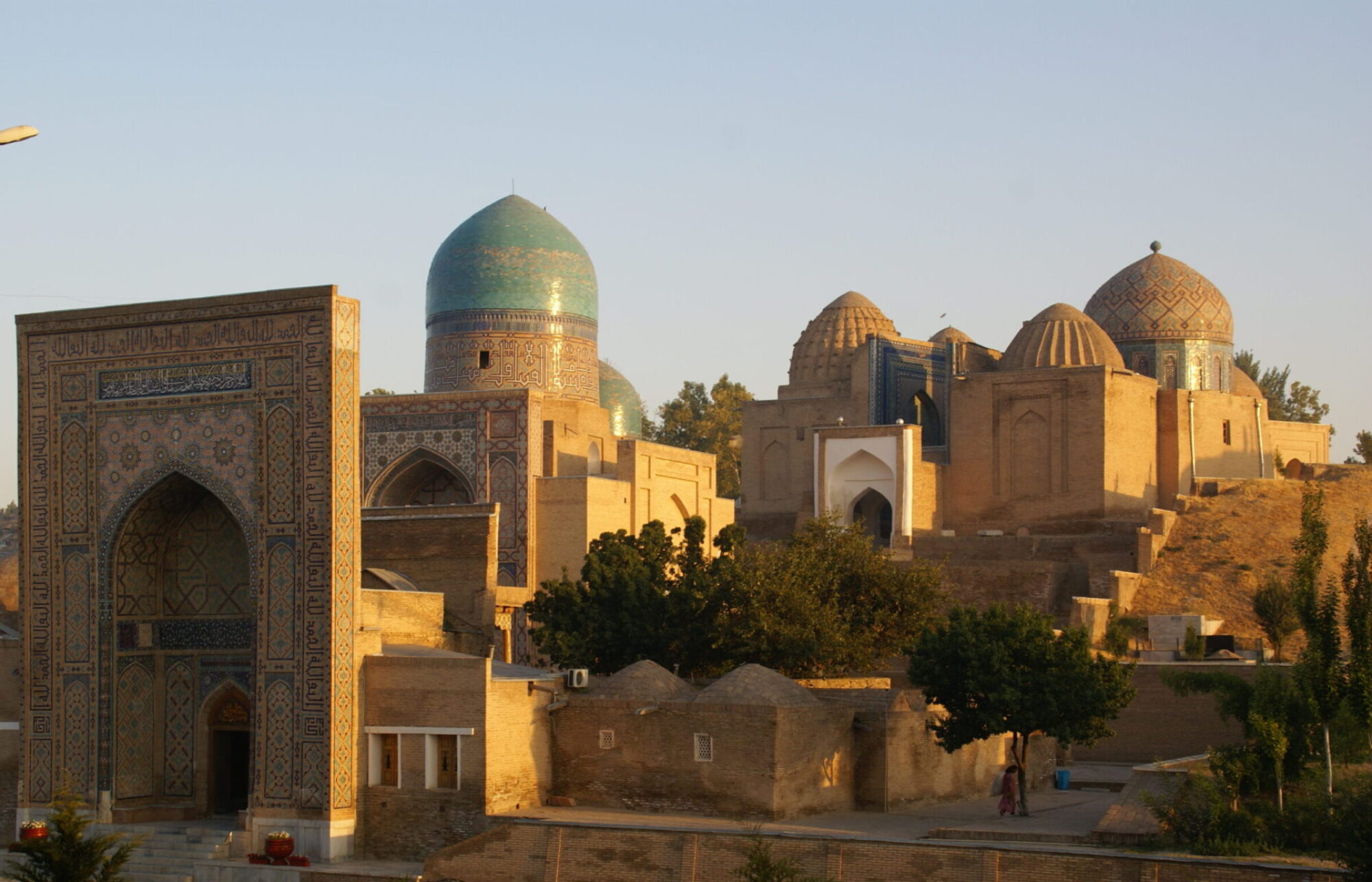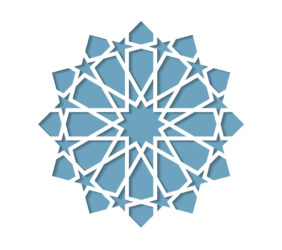The Kalan Minaret (12th century) rises 45 m above the city. It was built under the Qarakhanid ruler Arslan Khan in 1127 together with a new mosque outside the walls of the citadel. Initially, the tomb of the founder and other secular buildings were erected in the vicinity of the minaret but they have disappeared. The Qarakhanid mosque has been replaced by a Timurid Congregational Mosque from 1430 which was later extended by the Shaybanids in 1514. Widely known as the Kalan Mosque (the Great Mosque), it has a large open courtyard (78 m x 127 m) with four iwans (monumental gates) in the middle of each wall. The main domed sanctuary housing the elaborate mihrab (prayer niche) of mosaic faience is situated to the west. The Mir-i Arab Madrasa was erected across the Kalan Square in 1535. It was the only functioning madrasa (Islamic religious school) in Soviet Central Asia. The tomb of the founder Shaykh ‘Abdallah of Yemen (known as Mir-i Arab) is situated behind the main façade. The Kalan Complex forms the major urban axis in Bukhara. Several bazaars were established in its vicinity such as Taq-i Zargaran (Bazaar of the Goldsmiths, built in 1569).

